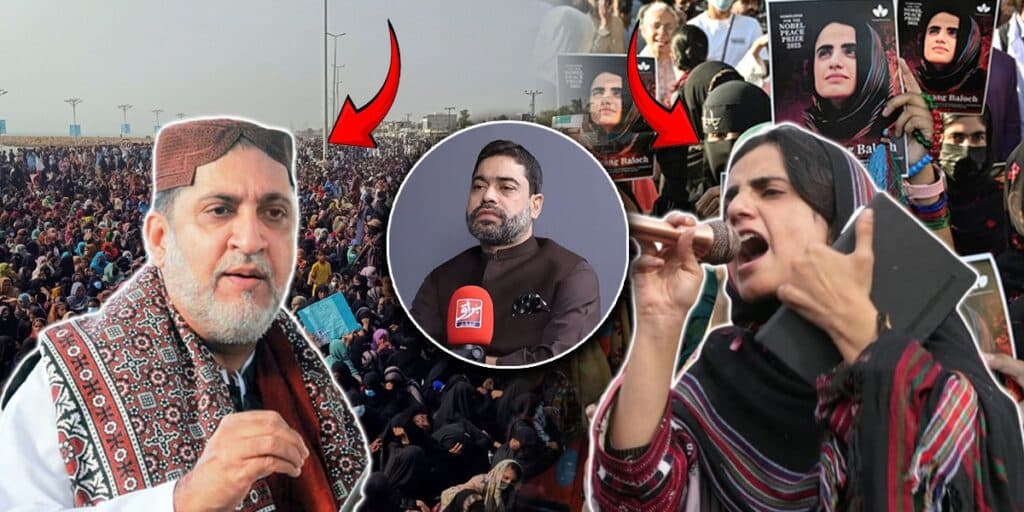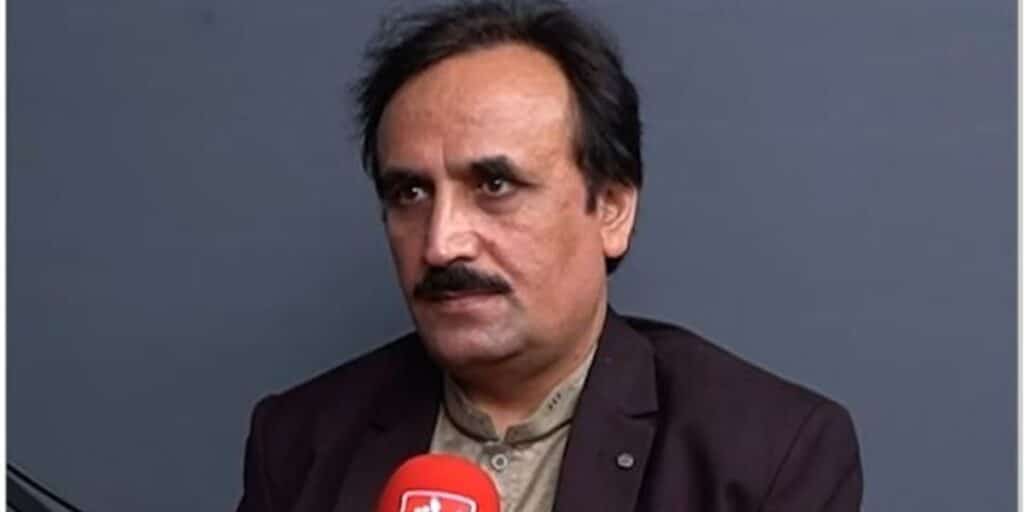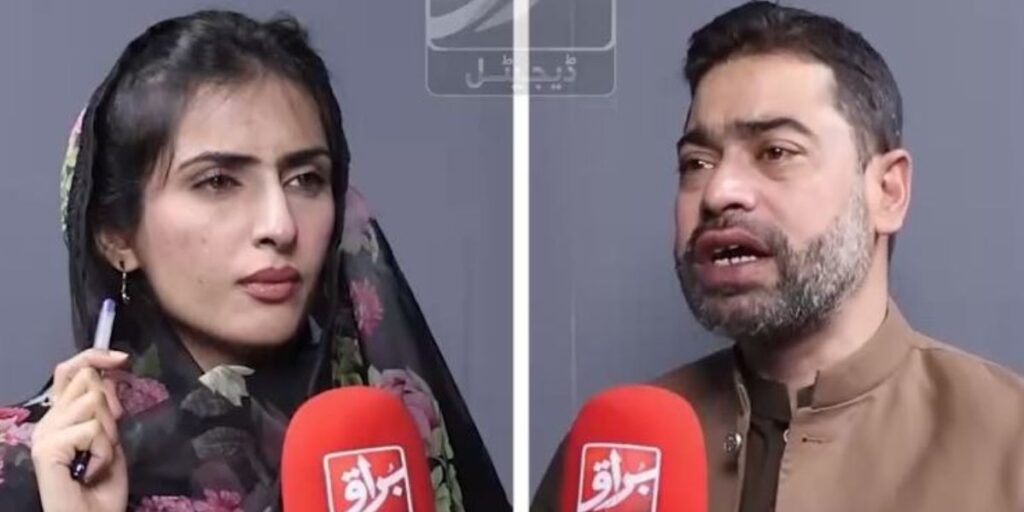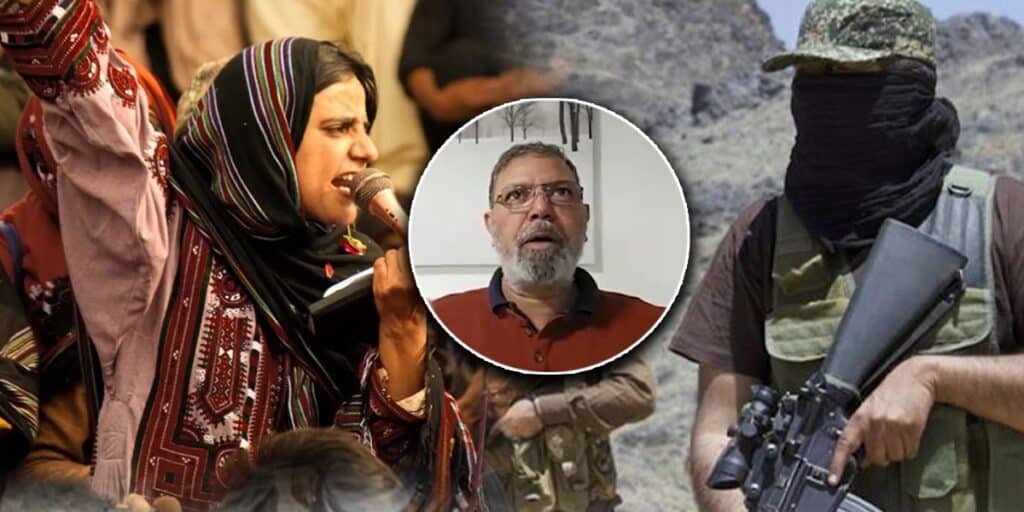By: Babar Yousafzai
The narrative surrounding “missing persons” in Balochistan has been hijacked and weaponized by certain groups to malign Pakistan’s institutions and mislead both domestic and international audiences. What is repeatedly branded as state oppression is, in many cases, a carefully choreographed drama rooted in deception, foreign funding, and the strategic ambitions of hostile powers—particularly India.
Take the example of Gulzar Dost. Branded as a “social activist” by his sympathisers, Gulzar was often seen leading protests and raising slogans in the name of human rights. But when the veil of activism was lifted, a very different reality emerged. Behind the public image was an individual deeply embedded in terrorist facilitation networks—providing shelter, logistical support, and even communication devices directly linked to India.
Gulzar’s arrest didn’t come from the shadows, nor was it part of a covert disappearance. He was apprehended during a transparent investigation following an IED blast in Turbat. Geo-fencing and surveillance traced satellite communication back to a compound, where Gulzar was found with a satellite phone connected to India and a wireless set used for militant coordination. From that moment, the propaganda around his “enforced disappearance” crumbled.
This is not an isolated case. Dozens of individuals, previously declared “missing,” were later found involved in militant attacks against Pakistani security forces and civilians. The case of Wadood Sadikzai, whose name became a symbol in “missing persons” protests, ended with him being killed in a counter-terrorism operation. Similarly, Zeeshan Zaheer and others followed the same trajectory—praised as victims until their links to terrorist outfits were irrefutably exposed.
The question then arises: why is this narrative so persistent?
The answer lies in the strategic utility of victimhood. Declaring terrorists as missing persons allows their handlers to generate public sympathy, secure international funding, and manufacture outrage. It helps cast Pakistan as a violator of human rights, even when the reality is starkly different. This disinformation campaign is part of a broader hybrid warfare strategy, orchestrated and amplified through social media campaigns and Western-sponsored NGOs.
In reality, Pakistan has a fully functional Missing Persons Commission. Families are encouraged to register their concerns, and investigations are conducted through legal and constitutional means. Those who are in custody are presented in court, and due process is followed. Pakistan does not—and cannot—operate outside the law.
Let’s contrast this with India, which has seen the disappearance of millions over the years. There, speaking about one’s rights can often lead to literal erasure. Yet the global narrative, fueled by selective outrage, continues to focus on Pakistan—ignoring its transparency and overstating its flaws.
Now, let’s talk about Mahrang Baloch—another name often echoed in such circles. She was not apprehended arbitrarily. Her arrest was rooted in concrete intelligence linking her to anti-state activities, and she has since been presented in Anti-Terrorism Court where police were granted her remand under lawful procedures. This is not oppression—it is justice in action.
One of the most dangerous aspects of this propaganda campaign is the glorification of terrorists. When someone like Gulzar Dost protests with the image of Rashid Hussain—a terrorist who attacked the Chinese Consulate in Karachi—plastered across his chest, he is not defending human rights. He is sanitizing terrorism, masking it as activism.
These individuals appear at protest sites the moment a counter-terror raid is underway. They block roads, chant slogans, and buy crucial time for terrorists to escape. They claim to be activists, but their actions consistently facilitate violence.
The state has long been accused of underdeveloping Balochistan, but facts tell a different story. Massive development programs, Daanish schools, infrastructure projects, and PSDP allocations are changing the landscape. And who benefits from this development? The same people who are electing their local representatives—people from Kech, Gwadar, Panjgur, Khuzdar. Dr. Malik Baloch, Zahoor Buledi, Meena Majid, and others—all locals, elected by locals.
If there’s underdevelopment in a constituency, the fault lies not with the state but with the representatives people continue to vote for. Why re-elect those who have failed to deliver?
It is high time we hold the right people accountable.
The people of Balochistan deserve prosperity. But that prosperity is hindered by those who sabotage machinery, destroy irrigation systems, and kill teachers and doctors who come to serve. Their objective is not justice—it’s to keep the region in perpetual poverty, so they can exploit it as fuel for their separatist agenda.
When the stomach is empty, the mind does not question. This is what these actors want—an uninformed, oppressed population too broken to resist or rebel against their manipulation.
But Pakistan’s security forces have not turned a blind eye. They continue to sacrifice their lives to secure peace in Balochistan. Their actions have saved the province from becoming a war zone. And those who stand with terrorists—under the guise of activism—are being exposed, one by one.
Let us be clear: terrorism is terrorism, no matter the mask. And those who facilitate or glorify it—whether through protests, social media, or pseudo-humanitarian campaigns—will be held accountable.
The time for silence is over.
The time for clarity is now.





